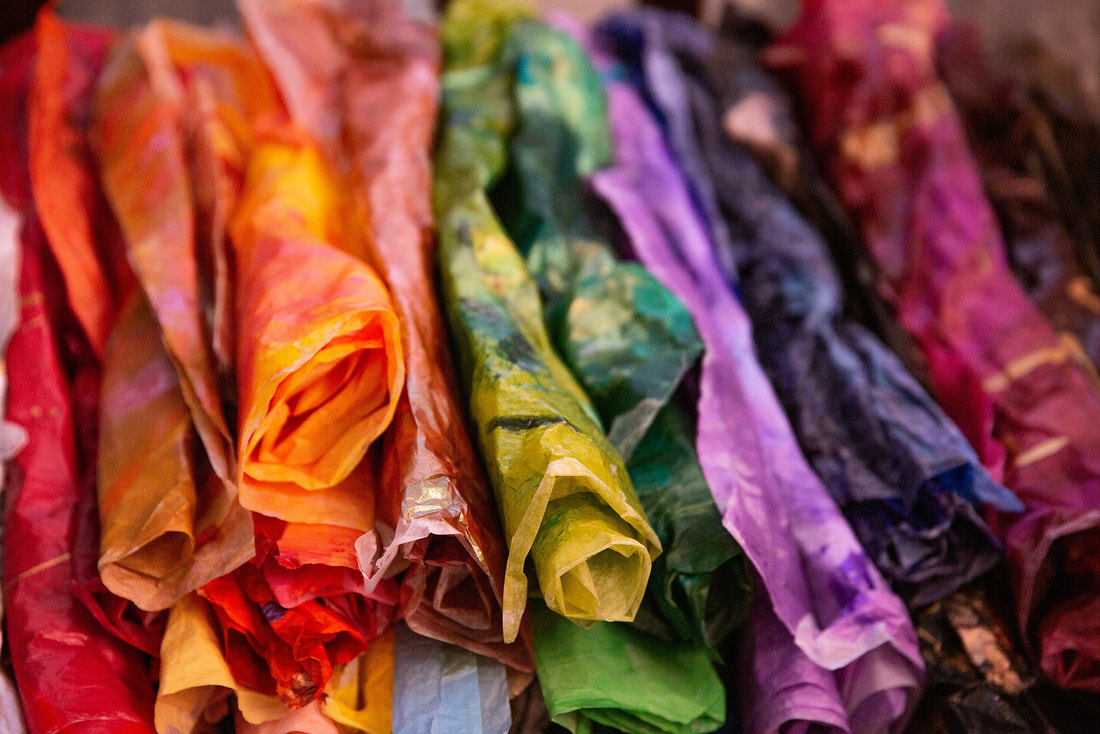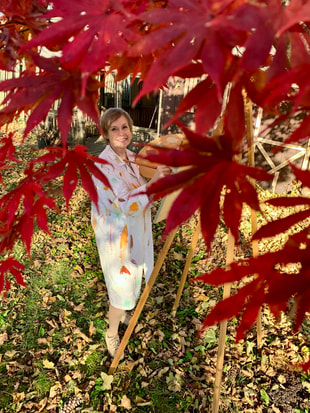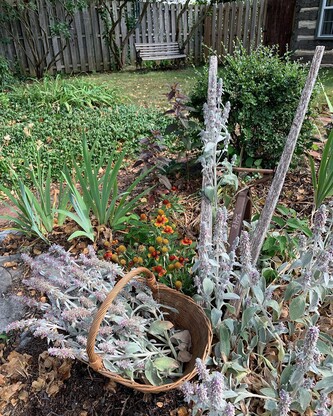PORTFOLIO
Welcome! Thank you for checking out my portfolio! If you can’t find your favorite herb or flower, let me know.
A lot of time, effort and love is poured into creating each piece.
Many of the herbs are grown in my gardens! Once I decide on my subject matter, I paint it, cut it out, create the collage backgrounds and pair the illustrations and backgrounds. You can see more on the process below.
Originals collages, if available (marked N/A if sold) are 9” x 12” on heavy water color paper unless noted.
All are available in fine art quality prints and for licensing.
A lot of time, effort and love is poured into creating each piece.
Many of the herbs are grown in my gardens! Once I decide on my subject matter, I paint it, cut it out, create the collage backgrounds and pair the illustrations and backgrounds. You can see more on the process below.
Originals collages, if available (marked N/A if sold) are 9” x 12” on heavy water color paper unless noted.
All are available in fine art quality prints and for licensing.
Sunflower Wishes
Grapes ’n Berries
Culinary Herbs
Ravishing Roots
Autumn Bronzes
Harbingers of Spring!
|
Hi! I’m Mikell
I hope you’ll enjoy my botanical collages and take some time to browse my herbal blog to learn more about the herbs (any plant that is useful). We can learn so much from nature. Each botanical illustration I create allows me to get to know the strengths and attributes of each plant in more depth. My work with women in prison and adjudicated youth gave me a foundation to see the beauty in each and every person. Plants most people step on - weeds - delight me! Everything and everyone has value. Do you know your value? Many of us don’t, or it has taken us a lifetime to discover it. I’m hoping to remind you that you are one of a kind, and your light needs to shine brightly so we can all benefit! Like the herbs, each of us brings gifts and talents that are unique only to us. There is no one else who has ever existed, in the history of the entire world, with your gifts, talents, perspectives, As you look through my site, please consider how you can become the best version of you by seeing how nature sharing her gifts benefits us all immeasurably.. You are here to live your life in full bloom! |
Carrie’s Iris!
Last spring my friend Carrie gave me the most gorgeous bearded iris to paint! I painted two different versions and they are coming alive on the latest spring and summer fashions!
My Store is Open!
|
This is so exciting! I ordered products to be certain they were of excellent quality before
I recommended them to you! They have arrived and I’m thrilled and I think you will be too! My store is now open! SHOP HERE! www.legaleriste.com/en/mikell.youell.worley |
Original Fine Art Botanical Collages
|
The Message of the Iris
The iris is named in honor of the greek goddess Iris, a messenger between heaven and earth and the guardian of the rainbow. The three petals of the iris symbolize faith, wisdom and valor and are perfect for celebrating friendships, providing comfort and instilling a sense of peace. |
THE PROCESS
A lot of time, effort and love is poured into creating each piece. Many of the herbs are grown in my gardens! Once I decide on my subject matter, I paint it, cut it out, create the collage backgrounds and pair the illustrations and backgrounds!
Collage Backgrounds
Pieces of the paper are ripped, torn and pasted on a background of heavy watercolor paper or canvas
Combing the Cut Out Painting with Collage Background
WHERE I CREATE!
Office |





















































